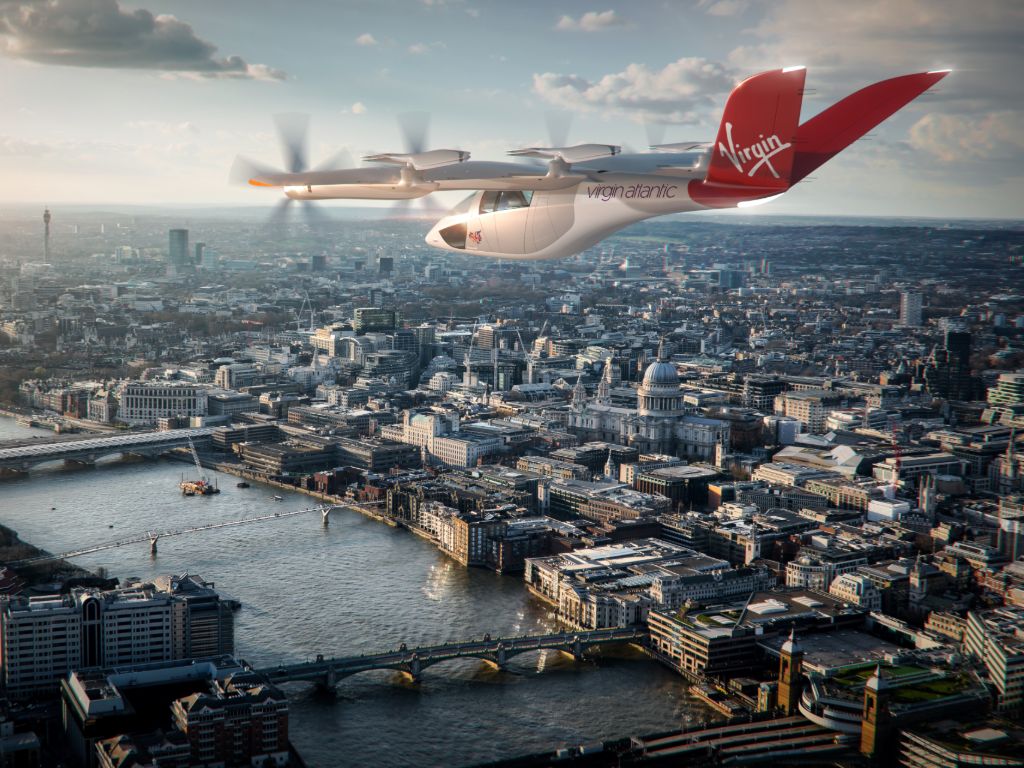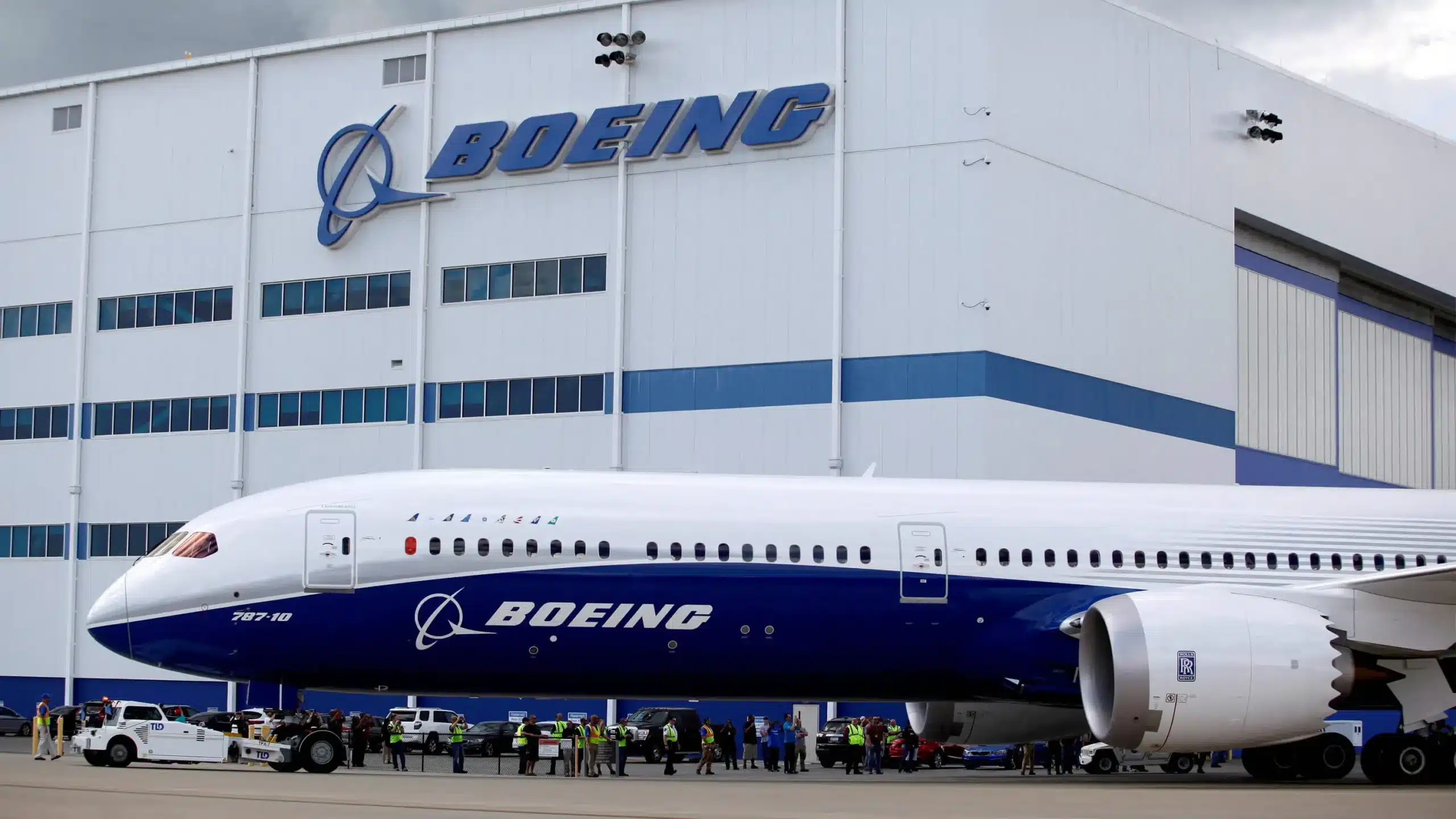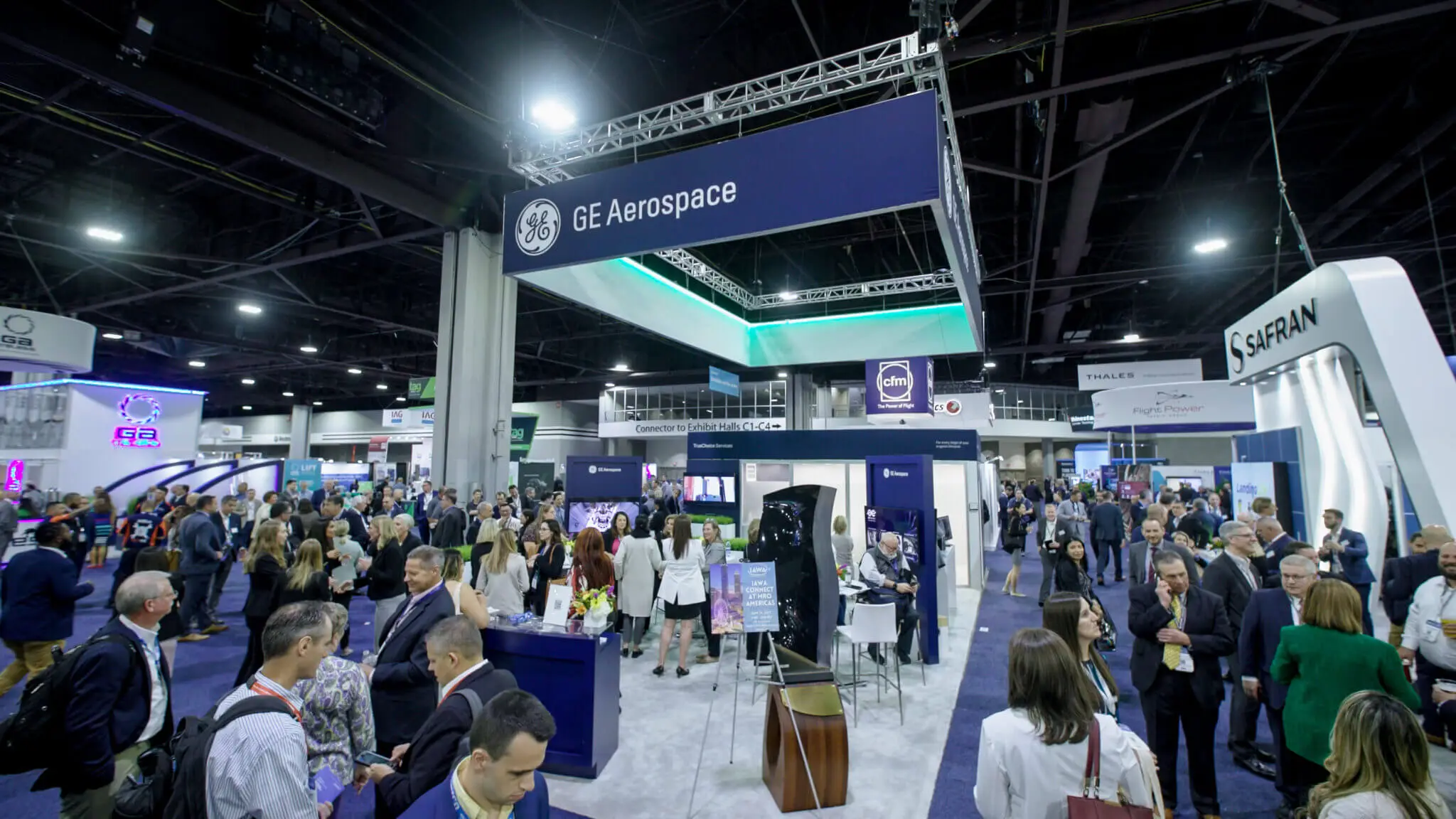Looking for a Career in Aircraft Leasing?
Lots of Aviation Professionals are interested in the Aircraft Leasing and Financing sector. Why? Because they pay well.
Routes into the finance sector come from a wide range of the aviation industry. Engineers, Accountants, Lawyers, and Marketers all find their way there. Just the best ones. You see, financing aircraft is a risky, complex business. And they need clever, rounded individuals. What do we mean by rounded? Good question.
Airplane leasing loves professionals with bows with many strings. And big toolboxes.
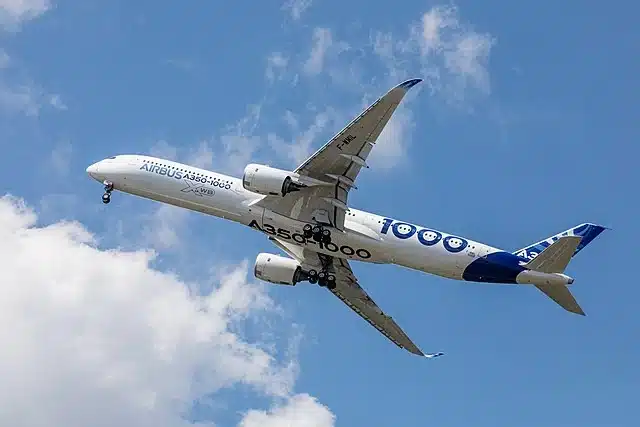
Aircraft Leasing 101
Enough metaphors. We’ll explain everything. That’s the easy part. The acquisition of those strings, now that’s for you. But we will give you some real-world suggestions on how you can do it. And why.
NB – We don’t guarantee career results at WT Towers, but we will tell you what we feel should work. I worked in the aircraft leasing sector for a big lessor and have seen some folk’s soar. I’ve also seen them stumble and fall.
Aircraft Leasing - Lessors
Less than 50% of commercial fleets of aircraft are owned by the airline itself. Leasing companies own the rest. Or Lessors as we call them. There are many types of lessors, and we are not going to do a deep dive unless the community demands it.
But tax efficiency is the big driver, and this can dictate the location and ownership structure of the Lessor. Most big lessors have multiple companies in many jurisdictions solely for aircraft purchase. Ireland is a big hub, due to the corporate tax rate, but change is a-coming with a new global tax rate being agreed around the 15% mark.
Also, accounting rules are evolving with IFRS 16, where the airline industry needs to treat these commercial aircraft as a financial burden. You can go here to read about these changes.
Dry Lease Structures
Lease transactions come in many shapes and sizes but, fundamentally, they are either Lease Financing or Mortgage financing (or a combination). These two prototypes can be summarized as follows.
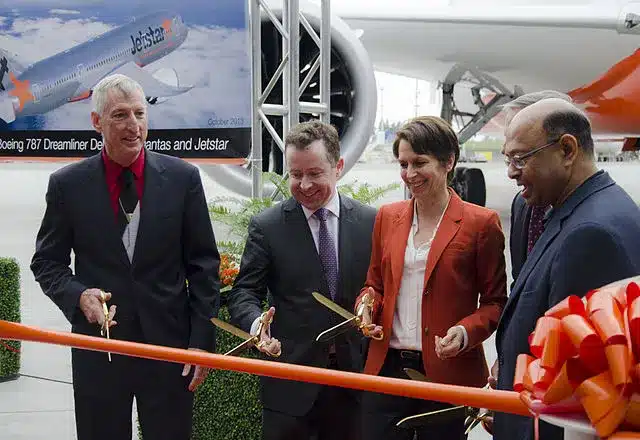
Operating lease
The Airline does not own the airplane. It just leases it from the owner for a set period and pays rent and maintenance reserves (MRs). MRs are payments for maintenance work due in the future. The condition of the aircraft (and engines) at the start and the end of the lease will be agreed. Yes, there are finance leases, but these are just disguised mortgage dry leases.
The tradeoff here is that an airline can acquire aircraft quickly and with low long-term asset risk. If they are unsure of the performance of the aircraft on the designated routes, they know they have an “out” in the contracts. But this is also the more expensive of the two. And the Lessor always remains the owner.
Mortgage Financing
The Airline (or aircraft operator) borrows money from a lender to finance the aircraft. The lender retains a security interest in the aircraft to secure repayment – just like a bank with a home mortgage. And just like those mortgages the actual financing may involve multiple jurisdictions.
It could be private or public, it could be a single aircraft deal or part of a portfolio and it may change hands multiple times as lessors buy, sell and trade portfolios continuously.
Equity & Debt
Leasing always has an equity and a debt component. The simplest way to look at this is that the equity holder is the lessor, and he is interested in the operational business of leasing, residual returns (and risk) and cash flow.
The day-to-day values of the assets and the cash it derives from aircraft operators. The debt is simpler, the financial entity wants its fees paid and the interest on the loan, which they expect to be fully repaid. Now to say it gets more complicated is an understatement.
Why? Because cash can come from a variety of sources. Banks, Insurance companies, hedge funds, pension funds, public markets, capital markets, ECA’s and the manufacturers themselves.
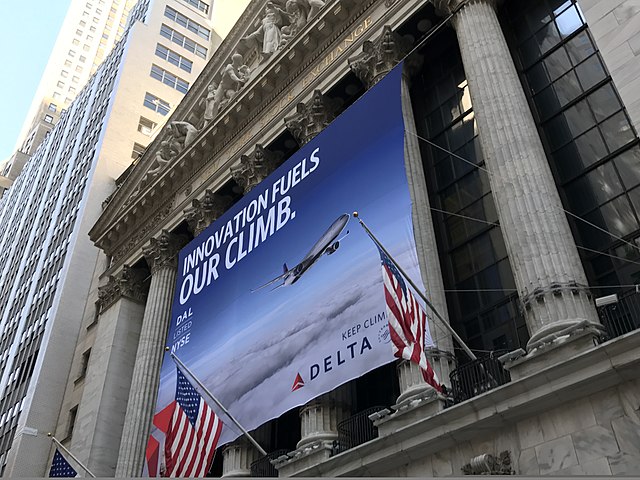
Lessors & Banks
The key driver is Risk. Aviation is no different to any other investment opportunity. Yes, it can be a risky business and you need to understand the technical side, but unlike real estate, an aircraft can be moved. If you have a problem with Airline A, you can get your aircraft back and lease it to Airline B.
If you are looking to deep dive a little bit more – maybe, you have an interview coming up at AERCAP or AVOLON or a Private Equity firm active in aviation. Then we would suggest you become familiar with ECA financing, ABS structures and EETC’s. We will shortly have a companion piece on these aircraft leases structures. So, watch out for that
What is a Wet Lease?
A wet lease is called an ACMI lease agreement. It is when one Airline leases one of its aircraft to another airline complete with crew. A damp lease is when the supplier airline supplies just the flight crew. This was a lot more common years ago when aircraft were not as reliable or required more frequent maintenance downtime.
And there were a lot more airlines. Some people believe the “wet” is when the fuel comes as part of the deal. I mean it makes sense you would think that, but this is incorrect. At least where we come from. The airline whose route is being operated pays the fuel bill. Always. Wet lease is better explained by the ACMI tag.
A is the Aircraft, so all costs associated with the aircraft itself (aircraft lease rate)
C is the crew costs
M is the maintenance costs, and
I is the insurance.
The result is an ACMI hourly “rate”. Fo example a B737-800 could run you USD $4,500 per block hour just for the ACMI costs. Private Jets are worse.

Boeing & Airbus
Now, a couple of points. Nine times out of ten the wet lease is only with the flight deck crew unless the flight is a one-off. This is because the customer airline prefers their cabin crew to interact with their customers.
They also put their own catering and in-flight products trolleys on the leased in aircraft. Because they want to keep that revenue. Yes, we know that cabin crew must be rated on that type of aircraft and dispensations would need to be put in place, but this article is too short to get into each jurisdictional requirement.
As a special bonus, there are two companies and one association who do recruitment specifically in the Aircraft Leasing area. If you are interested in this area and don’t see roles readily advertised, then drop Murrae or Gary an email.
Top 10 Aircraft Lessors
The Top Ten Aircraft Leasing companies (by portfolio value) are;
Aviation Leasing Salaries
We get this question a lot. We have many friends who are engineers, or operations staff. Even pilots. And they are interested in getting into the leasing arena.
Here is our advice on courses valued in the leasing community.
- Master’s in Business, Aviation or Engineering (Aerospace)
- Aircraft Lease Accounting
- Aircraft Maintenance or Airworthiness
- Risk Analysis
- Air Law
- Airline Marketing
| Department | Position | Experience | Salary Band ($) | Bonus |
|---|---|---|---|---|
| C-Level | Chief Executive Officer | 10+ Years | $650K - $1.2m | 75%+ |
| Chief Technical Officer | 10+ Years | $300k - $450k | 75%+ | |
| Chief Financial Officer | 10+ Years | $250k - $500k | 75%+ | |
| Commercial | Head of Commercial | 10+ Years | $275k - $350k | 65%+ |
| SVP Commercial | 10+ Years | $200k - $275k | 60%+ | |
| VP Commercial | 10+ Years | $200k - $275k | 40%+ | |
| Contracts | Head of Contracts | 10+ Years | $120k - $160k | 22%+ |
| Senior Contracts Manager | 5-10+ Years | $85k - $120k | 20%+ | |
| Contracts Administration | 1-3 Years | $35k - $55k | 10%+ | |
| Finance | Head of Finance /SVP | 10+ Years | $180k - $240k | 30%+ |
| VP Finance | 10+ Years | $120k - $170k | 25%+ | |
| Financial Accountant | 1-5 Years | $75k - $90k | 15%+ |
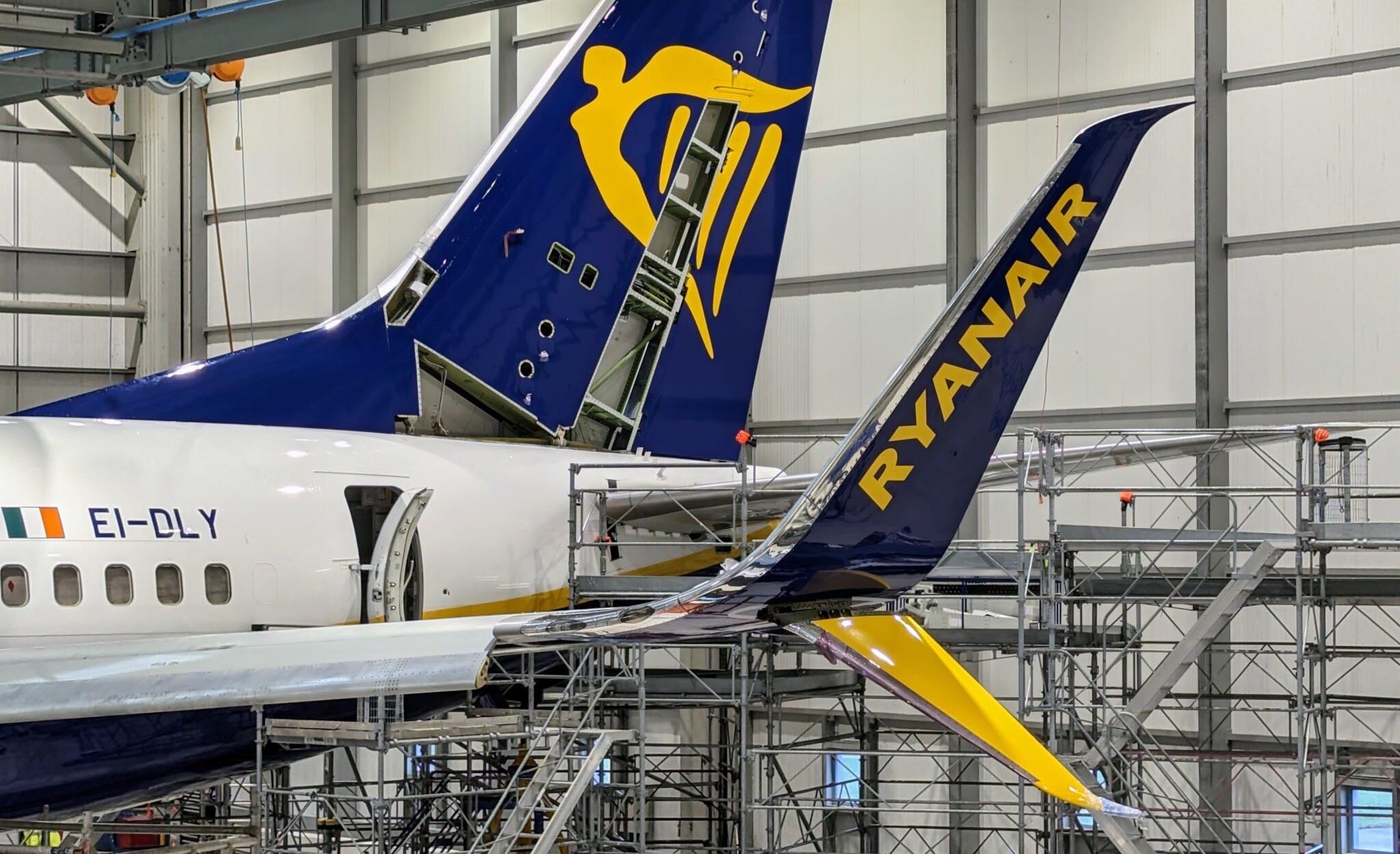
Aviation Assets
Ok, here’s the secret sauce. Sales. Everyone in a leasing company is in sales. Whether you like it or not. If sales and marketing are not for you, don’t read on. But if you do – let’s say you’re a Part-66 engineer with Boeing airframe and powerplant experience and you do a Master’s in Business.
You then get a Sales and Marketing role. You are now perfectly primed for success. With technical knowledge, business acumen and now the ability to go out and satisfy airline desires for equipment.
This is all you need to get to the top of the Lessor pile. Same goes for Lawyers and everyone else. Because you will always need to engage with the customer at all levels and need to be a salesperson. As well as a problem solver, a negotiator, and an advisor.
But if you succeed, there is much gold in the Leasing hills.

